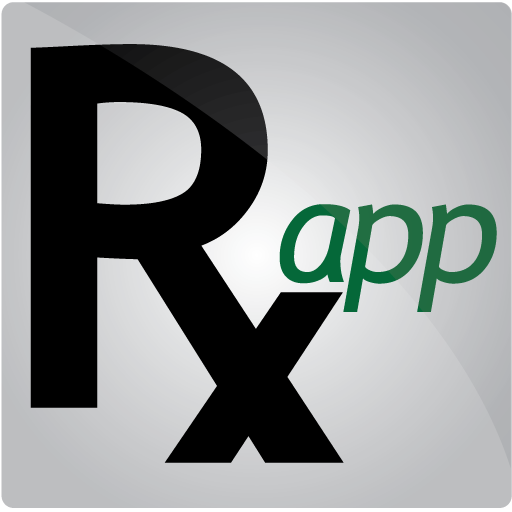Will new rules make it harder for telehealth patients to get certain drugs?
(Source CBS News)
Controlled substances became a little less controlled during the pandemic. That benefited both patients (for their health) and telehealth startups (to make money).
Some potentially addictive medications — like buprenorphine and Adderall — are now far more available online to patients because of regulatory changes. Given the scarcity of qualified doctors to treat some of the behavioral health conditions associated with these drugs, like opioid use disorder or attention-deficit/hyperactivity disorder, doctors’ new ability to prescribe online or, in some cases, by telephone is a huge change. But easier access to the drugs has both upsides and downsides, since they’re often dispensed without accompanying therapy that improves the odds of a patient’s success.
Pre-pandemic, patients sometimes traveled several hours for addiction care, said Emily Behar, director of clinical operations for Ophelia, a New York startup serving people with opioid addictions. Or patients might be struggling with multiple jobs or a lack of child care. Such obstacles made sustaining care fraught.
“How do you reach those people?” she asked.
It’s a question preoccupying much of the behavioral health sector, complicated by the reality that most patients with opioid use disorder aren’t in treatment, said Dr. Neeraj Gandotra, chief medical officer of the Substance Abuse and Mental Health Services Administration.
Increased access to telehealth has started to provide an answer. Behar, the startup executive, says its patients can see expert providers at their convenience. Missed appointments are dropping, say many in the industry.
The startup has secured solid funding — nearly $68 million, according to Crunchbase, an industry database — but addiction specialists and other prescribers of controlled substances online are a mixed group. Some are nonprofits; others are large startups attracting scrutiny from the news media and law enforcement for allegedly sloppy prescription practices.
The influx of new providers is attributable to loosened requirements born of pandemic-era necessity. To help patients get access to care while maintaining physical distance, the Drug Enforcement Administration and SAMHSA waived restrictions on telehealth for controlled substances.
But whether those changes will endure is uncertain. The federal government is working piecemeal to codify new rules for prescribing controlled substances, in light of the health care system’s pandemic experience.
On Dec. 13, SAMHSA issued a proposal to codify telehealth regulations on opioid treatment programs — but that affects only part of the sector. Left unaddressed — at least until the DEA issues rules — is the process for individual providers to register to prescribe buprenorphine. The new rules “get us at least a little bit closer to where we need to go,” said Sunny Levine, a telehealth and behavioral health lawyer at the D.C.-based firm Foley & Lardner.
Congress also tweaked rules around buprenorphine, doing away with a long-standing policy to cap the number of patients each provider can prescribe to. Ultimately, however, the DEA is the main regulatory domino yet to fall for telehealth providers.
In addition, pharmacies are taking a more skeptical stance on telehealth prescriptions — especially from startups. Patients were getting accustomed to using telemedicine to fill and refill their prescriptions for medications for some controlled substances, like Adderall, primarily used to treat ADHD. A shortage of Adderall has affected access for some patients. Now, though, some pharmacies are refusing to fill those prescriptions.
Cheryl Anderson, one Pennsylvanian with ADHD, said she sought online options because of her demanding schedule.
“My husband is frequently out of town, so I don’t have someone to reliably watch the baby to go to an in-person appointment,” she said. It was tough, with three kids, to find the time. Telehealth helped for about half of 2022. Previously, the DEA and state governments imposed tough rules on obtaining controlled substances from online pharmacies.
But in September, after her doctor wrote a refill prescription, she got a phone call saying her local pharmacy wouldn’t dispense medications if the prescription came through telehealth. Other local pharmacies she called took the same position.
Those denials seem to reflect a broader cultural shift in attitudes. Whereas patients and politicians hailed telemedicine at the beginning of the pandemic — first for its safety but also for its increased convenience and potential to extend care to rural areas and neighborhoods without specialists — hints of skepticism are creeping in.
The telehealth boom attracted shady actors. “You had a lot of people who saw an opportunity to do things that were less than scrupulous,” particularly in the behavioral health market, said Michael Yang, a managing partner at the venture capitalist firm OMERS Ventures. Skeptical media coverage has proliferated of startups that, allegedly, shotgun prescriptions for mental health conditions without monitoring patients receiving those medications. “It’ll settle down.”
